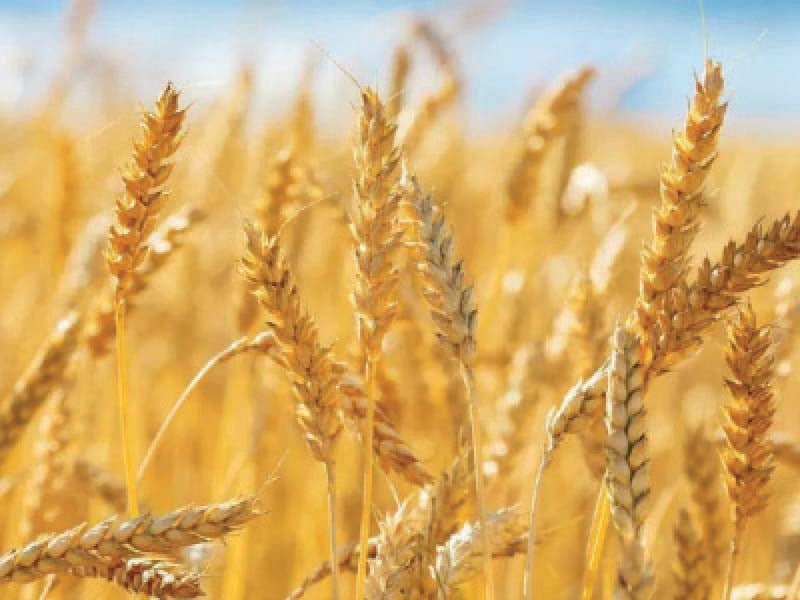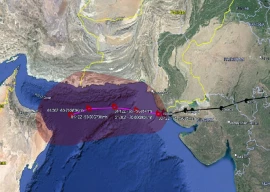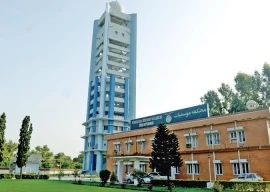
Being the fifth largest populated country with a population growth rate of around two per cent, Pakistan would be experiencing food security issues in coming decades as experts predict its populace to almost double within the next 30 years if it continues to grow at its existing pace. This situation needs serious consideration for enhancing agricultural produce by introducing modern techniques and bringing more land under cultivation besides ensuring proper storage of edibles and smooth supply to consumers at affordable rates.
A multi-pronged strategy based on short- and long-term measures was direly needed to achieve food sufficiency goals with a prime focus on enhancing agricultural produce as well as grain procurement and their proper storage to avoid wastage. Since wheat is a main staple food for our people with a per capita consumption of around 125 kilograms annually, its cultivation on vast tracts of land with enhanced productivity and procurement had become imperative to feed the people at a bearable cost.
Wheat productivity has stagnated in recent years, with only a 10 per cent increase since the last decade. However, by achieving the 16.48 million acre wheat cultivation target in Punjab in 2022-23, the crop topped 27.5 million metric tons, the highest in the last 10 years. Although increased yield is equally important, yet keeping in view the challenges of climatic changes, heavy rains and floods as happened last year, post-harvest management is more a resource-efficient way to improve food availability without additional agricultural inputs. The wheat supply chain in the country is another important factor and can be safeguarded by an increase in average production as well as reducing post-harvest losses.
Currently, the average yield of wheat is around three tons per hectare, substantially lower when compared to other countries. “Wheat harvesting losses in our country are about 10 to 20pc because of an outdated mode of farming that cost us the loss of around two million tons of wheat," said the Focal Person at the University of Agriculture Faisalabad, Irfan Afzan.
“Combine wheat harvester is one of the factors, and it is direly needed that the Engineering Development Board provides registration and fitness certificates to these harvesters."
Moreover, an additional 10 to 15 per cent loss occur post-harvesting due to improper storage at granaries or storing crops in the open along with abstemious rainfall during monsoon season and subsequent flooding, he said.
“Therefore, around 50 to 60 per cent wheat is marketed as farmers hold the remaining for their own consumption.”
Published in The Express Tribune, July 17th, 2023.
























COMMENTS
Comments are moderated and generally will be posted if they are on-topic and not abusive.
For more information, please see our Comments FAQ